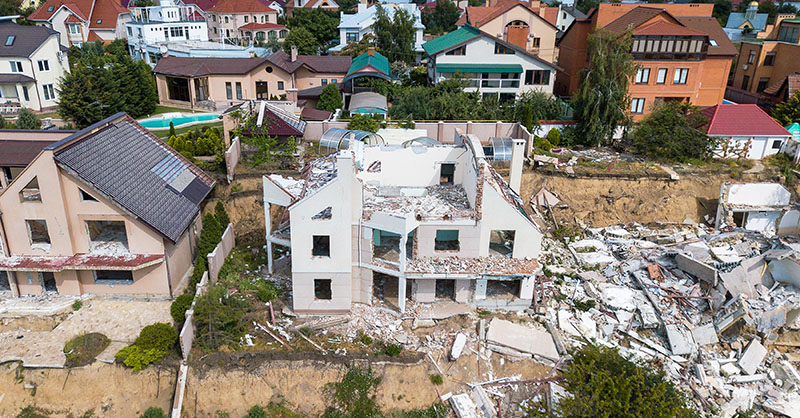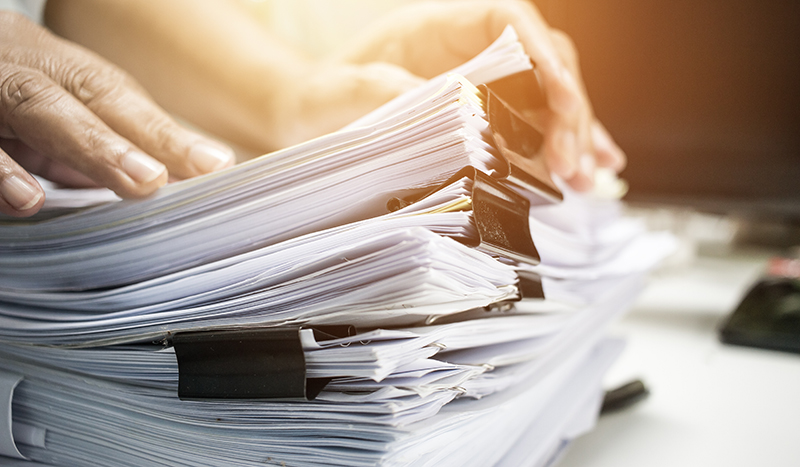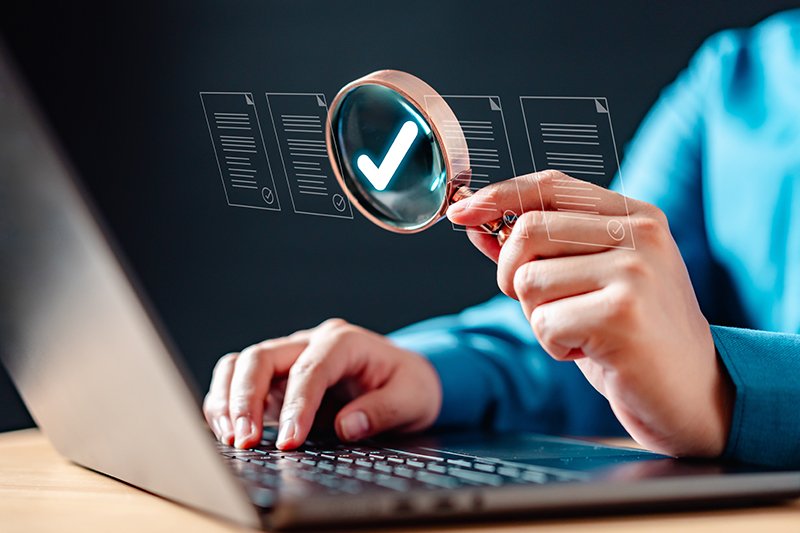How to Prepare for an Earthquake [Checklist Included]

Earthquakes can cause significant disruptions to businesses, affecting operations, safety, and financial stability. Preparing your business for an earthquake can help mitigate risks and ensure continuity.
By following our eight step guide and utilizing our comprehensive checklist, your business can significantly enhance its earthquake preparedness to help ensure the safety of employees and the continuity of operations.
Eight Ways to Prepare for An Earthquake
Your business should take a comprehensive approach to help prepare for an earthquake. This can involve assessing risks, developing emergency plans, training employees, and ensuring you have the necessary supplies and communication protocols in place. Here are eight useful steps to help you get started:
- Risk Assessment
- Identify Hazards: Conduct a thorough assessment of your business premises to identify potential hazards.
- Evaluate Building Safety: Help ensure your building meets current seismic safety standards. Consult with structural engineers if necessary.
- Emergency Plan Development
- Create an Emergency Response Plan: Develop a detailed emergency response plan.
- Assign Roles and Responsibilities: Designate specific roles and responsibilities to employees during an emergency.
- Employee Training and Drills
- Conduct Regular Training: Train employees on earthquake safety procedures.
- Hold Drills: Schedule regular earthquake drills.
- Emergency Supplies and Equipment
- Stock Emergency Supplies: Maintain a well-stocked emergency kit.
- Secure Equipment: Anchor heavy equipment and furniture.
- Communication Plan
- Establish Communication Protocols: Develop a communication plan.
- Use Multiple Channels: Utilize various communication channels.
- Business Continuity Planning
- Develop a Continuity Plan: Create a business continuity plan.
- Backup Data: Regularly back up important data.
- Insurance and Financial Preparedness
- Review Insurance Coverage: Help ensure you have adequate insurance coverage.
- Establish an Emergency Fund: Set aside funds for unexpected expenses.
- Community and External Resources
- Collaborate with Local Authorities: Work with local emergency services.
- Engage with the Community: Participate in community preparedness programs.
Download Our Earthquake Readiness Checklist
Help ensure your business is fully prepared for an earthquake by following our Earthquake Readiness Checklist. This checklist can help you systematically address all necessary steps, enhancing your business’s resilience against potential disruptions
Download Checklist








